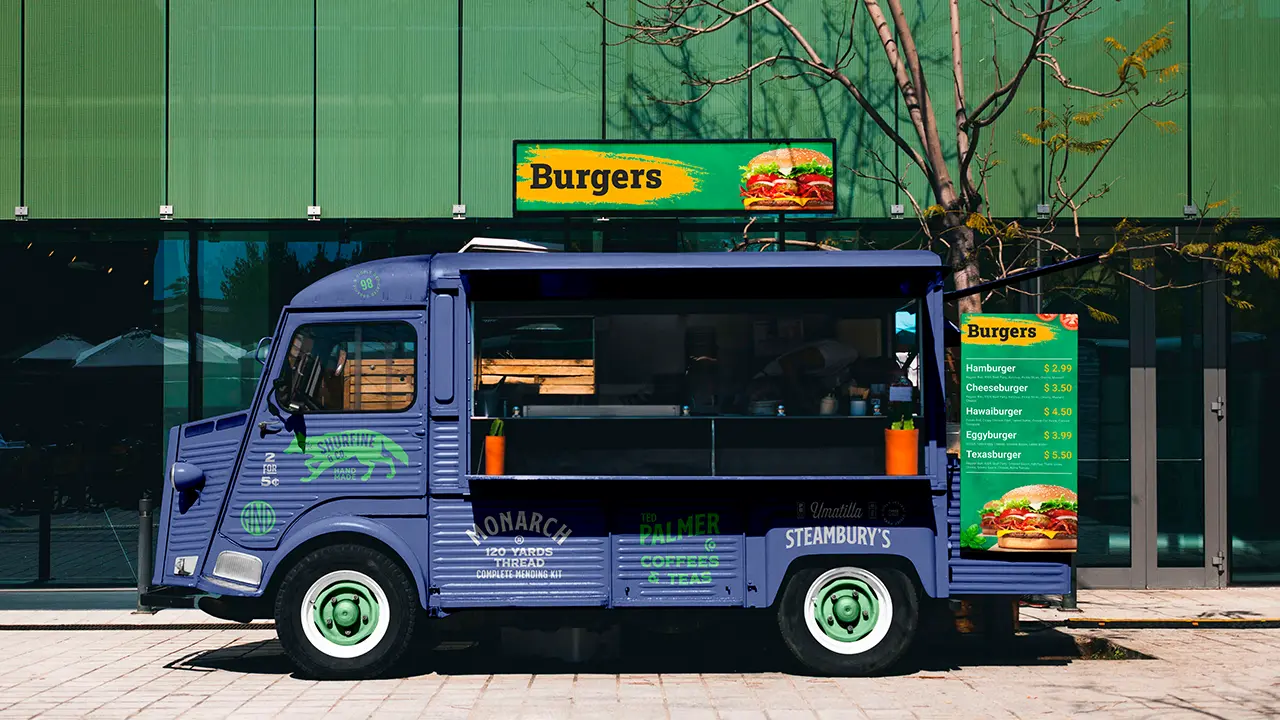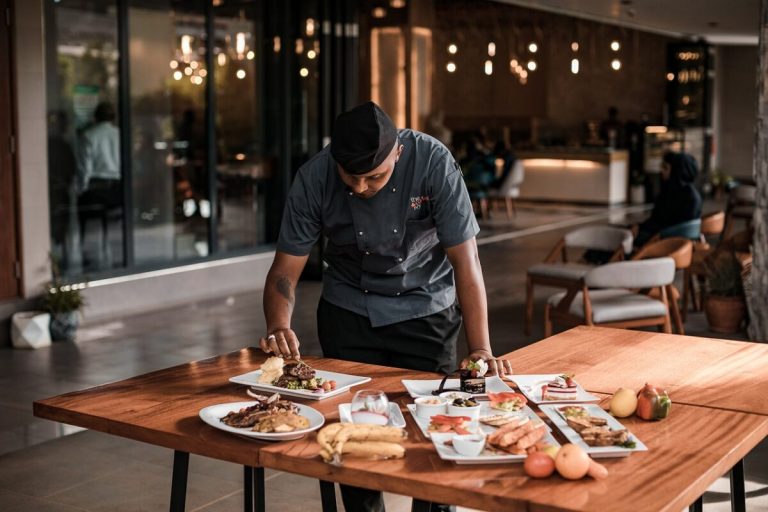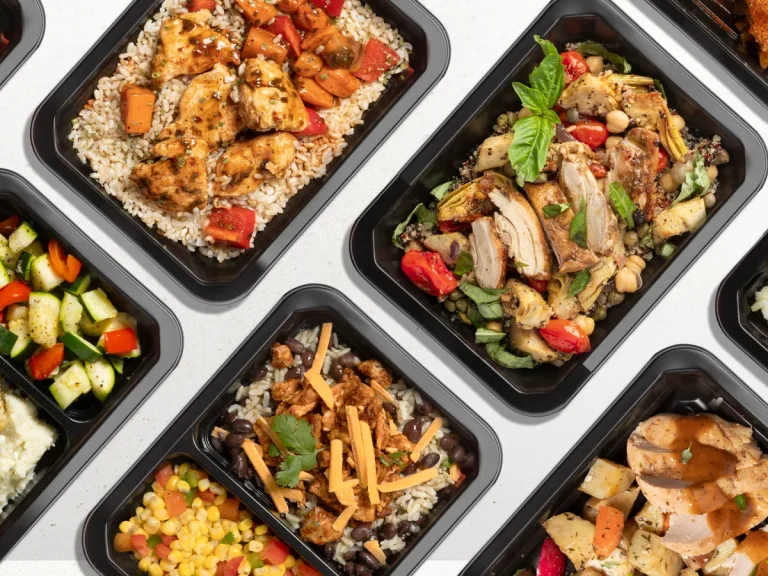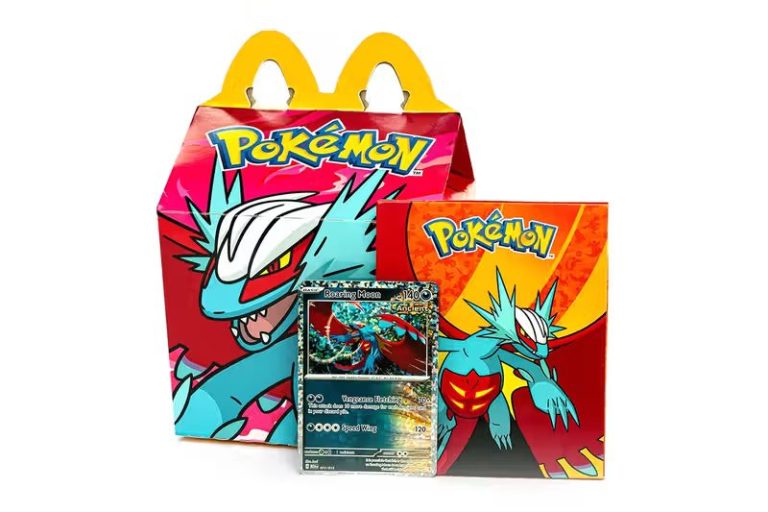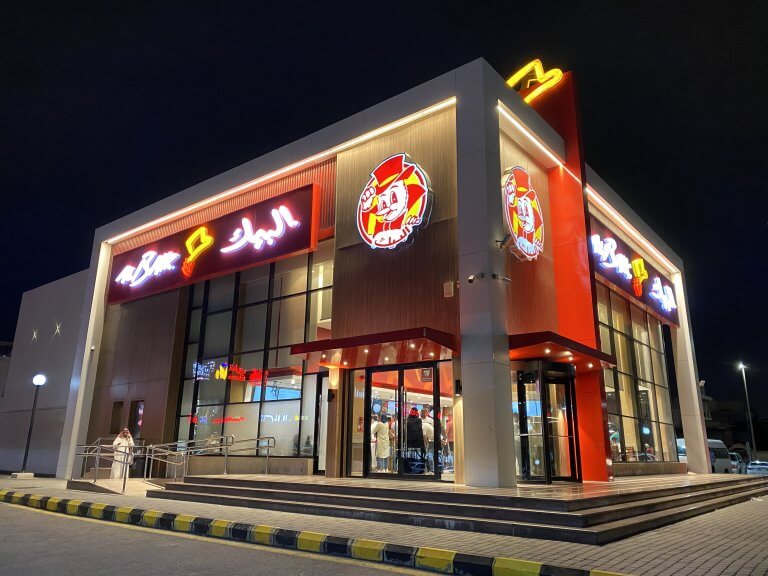How to Design the Perfect Menu for Your Food Truck
Forming the perfect menu for your food truck is the foundation of a successful business. The
menu is not only the list of the food. It reflects your brand, markets your food truck, and affects
your performance.
If you are launching a new food truck then learn How to design a menu for your Food Truck Business
Your menu should attract customers, be easy to use, help you tackle challenges, and deliver an exceptional experience.
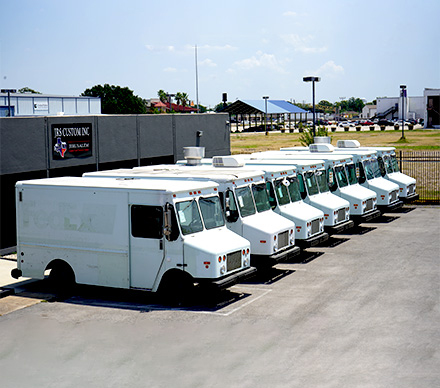
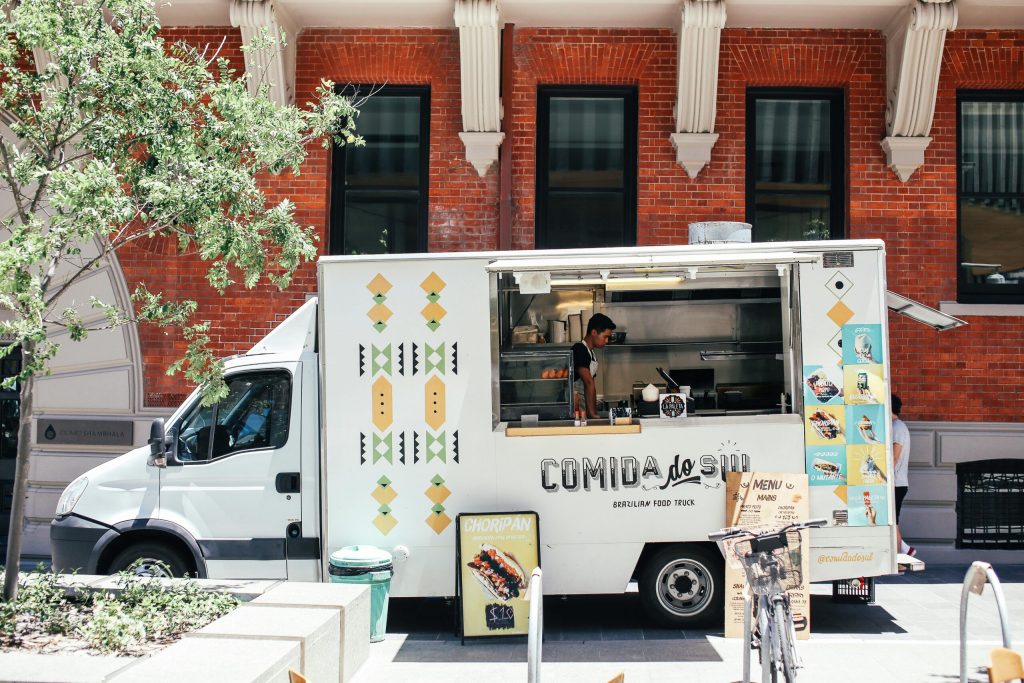
How to Create Food Truck Menue
Designing an effective menu for your food truck requires a strategic blend of creativity and practicality. A carefully crafted menu enhances customer appeal, optimizes operations, and drives profitability.
Before outlining the process, it is crucial to establish a clear concept, understand your target audience, and identify your unique selling points to create a strong foundation.
1. Define Your Concept
The first step for designing a good menu for your food truck is to focus firmly on your concept. Define your niche; and the kind of cuisine you’ll be serving. Your concept guarantees and justifies every choice about your menu and operations. this includes sourcing your ingredients and presenting your dish.
A strong concept will give your customers a contained experience while ensuring your offer remains appealing and memorable.
Your concept could be any angle-from gourmet street food to international fusion dishes to one with a twist on local favourited-but it needs to sing to those you want to reach and demonstrate the values that make your food truck.

Key Actions to Define Your Concept
2. Curate a Simple, Effective Menu
When deciding on a menu for a food truck, opt for simplicity, concentration, and efficiency. A narrow menu keeps you organized, lowers the amount of food wasted, and maintains uniformity.
Instead of trying to please everyone with many options, focus on a few signature dishes that showcase your concept. This allows for smarter delivery of top-quality food and keeps the kitchen running smoothly.
The fewer items on the menu, the finer each one can be. This makes it easier to train staff and helps keep the kitchen running smoothly during busy times.
Using the same ingredients for different menu items reduces waste and simplifies inventory. This also shortens prep time, allowing your team to focus on quickly delivering great meals.
A shorter menu gives the customer better clarity. It helps to make a quick, easy decision.
3. Price Your Menu Strategically
Price your food truck menu. Balance your community’s needs with the need to earn a profit. It requires ingredient costs and buyers’ views on markets. Also, some items on your menu have a perceived worth.
The first step of the pricing menu is to total the costs of your dishes, including ingredients, packaging, and labor. This will give you a price number to start with, so you might adjust accordingly to ensure you cover your costs and make some profit.
You’ll want to pay special attention to food costs, as they fluctuate seasonally and based on market conditions.
When pricing your menu, consider your target customer and location. In busy areas with high foot traffic, you can price higher, especially if offering something unique or premium. For a more budget-conscious audience, keep prices competitive with nearby options.
Another important consideration includes the value of the food you are serving. If you are providing gourmet high-quality dishes or a premium experience, customers may be willing to pay more for the desired value.
On the other hand, fast and casual food should be priced according to customer expectations for convenience and affordability.
4. Writing Your Menu Descriptions
Once you have finalized your food truck menu items, prices, and categories, it’s time to give them life through powerful descriptions. Menu descriptions entice the customer while educating them about the dish; they might even sway the customer towards ordering it. Here’s how to go about them:
5. Create a Flexible Menu
Adapt your menu to changing trends, customer palettes, and seasonal ingredients. By adding rotating specials or limited-time items, you can ensure freshness and excitement.
In addition, flexibility allows you to deal with shortages in any ingredient and price variations. Listening to what your customers enjoy may help you retain efficient dishes or add new ones, while some can be left out.
Use instruments such as digital menus or maneuverable boards to add these. A flexible menu is what makes a food truck responsive, catchy, and always ready for its customers.
6. Menu Design Psychology
The design of your menu greatly affects customer choices. Give differentiation to high-profit or signature items in boldface, bright colors, or unique borders. Position them in key areas, such as the top right corner of the menu. An intelligently designed menu guides the customer and drives profitability.
7. Address Dietary Preferences
Clearly label menu items as vegan, vegetarian, gluten-free, or nut-free to make it easy for customers to identify suitable options.
One possibility is customizable salads or bowls, where a customer can build a meal to fit his or her preferences. Being open, and flexible will encourage return business and create a good name for your food truck.
8. Unique Food Ideas
Include some quirks in your menu. Play with creative pairings, Korean BBQ tacos, grilled cheese with gourmet cheeses, and dessert crepes. Seasonal items like pumpkin spice beverages in fall or refreshing fruit-based desserts in summer can add excitement to the menu.
Creating a unique menu for your food truck will establish the customers and attract new ones.
Keep Evolving
In your menu evolution, make sure that you take customer preferences, sales figures, and ever-changing market trends. Make it a habit to regularly experiment with new food ideas and to introduce limited-time specials to test the waters.
Regular updates to your menu make it fresh and relevant for your audience. Introducing innovative food items with a well-structured menu creates a lasting impression and guarantees survival in the competitive marketplace.

